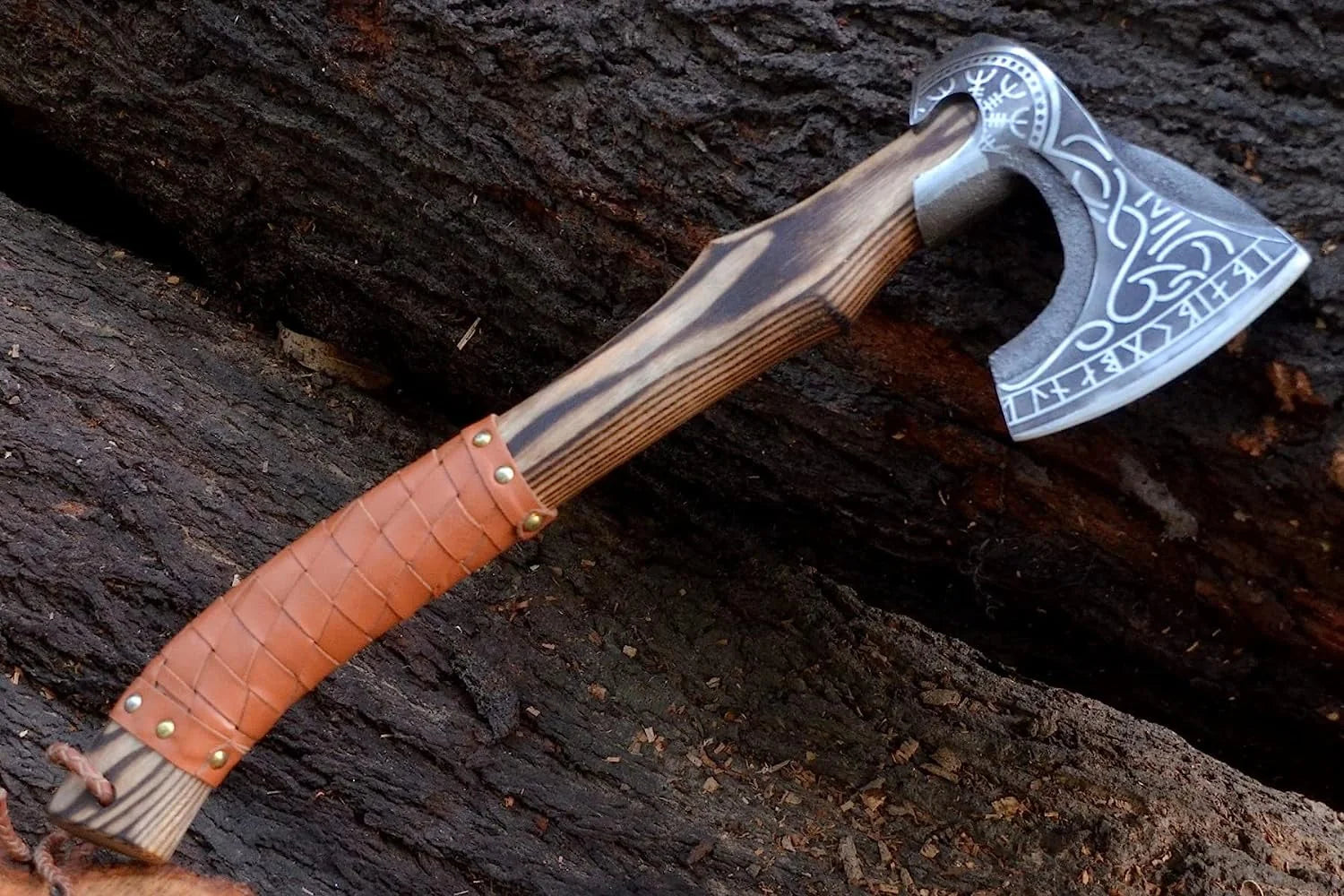
Forged in Battle: Exploring the Viking Hand Axe Legacy
Introduction:
The Viking hand Axe technology stands as a testament to human prowess, exploration, and war. Among the myriad of weapons wielded by means of those fierce warriors, the hand awl holds a unique area. Crafted with precision, designed for versatility, and wielded with lethal performance, the Viking hand awl embodies the spirit of its creators. In this text, we delve into the wealthy legacy of the Viking hand awl, exploring its origins, layout, and enduring impact on records.Origins of the Viking Hand Axe:
The Viking Age: A duration of Scandinavian expansion and conquest spanning from the late eighth to the 11th century. The importance of weaponry: In an generation described through struggle and territorial expansion, guns had been essential equipment of survival and dominance. Evolution of the hand awl: From primitive stone gear to finely crafted iron implements, the hand awl underwent sizable technological improvements all through the Viking Age.
Design and Functionality:
Dual-motive layout: The Viking hand awl served each as a weapon and a tool, making it indispensable for each day responsibilities and combat conditiBalanced construction: With a weighted head and a robust wooden take care of, the hand awl presented a perfect stability of strength and maneuverabilitVersatile utilization: From cutting wood to cleaving armor, the hand axe proved its effectiveness in diverse eventualities encountered with the aid of Viking warriors.
Combat Tactics:
Close-quarters combat: In the chaos of war, Viking warriors depended on the hand awl for speedy and deadly strikes at near variety. Shield and awl: The mixture of a hand awl and a protect supplied Vikings with a powerful protection and offense approach referred to as the "guard wall. "Raiding prowess: Lightweight and without problems portable, the hand awl became an excellent weapon for wonder raids and ambushes, permitting Vikings to strike swiftly and retreat with plunder.
Enduring Impact:
Cultural significance: The Viking hand awl symbolizes the martial prowess and indomitable spirit of the Norse people, enduring as an iconic representation in their legacy. Influence on weaponry: The layout ideas of the hand axe maintain to steer modern awl and hatchet designs, highlighting its enduring legacy within the realm of weaponry. Heritage and lifestyle: In regions with Viking history, consisting of Scandinavia and components of the British Isles, the hand axe stays a loved symbol of cultural identity and history.
Conclusion:
The Viking hand Axe awl stands as a testament to the ingenuity, craftsmanship, and martial prowess of its creators. From its humble origins as a utilitarian device to its function as a deadly weapon of war, the hand axe played a pivotal role in shaping the direction of history during the Viking Age and past. As we discover its rich legacy, we benefit a deeper appreciation for the long-lasting effect of this iconic weapon on the sector level.





